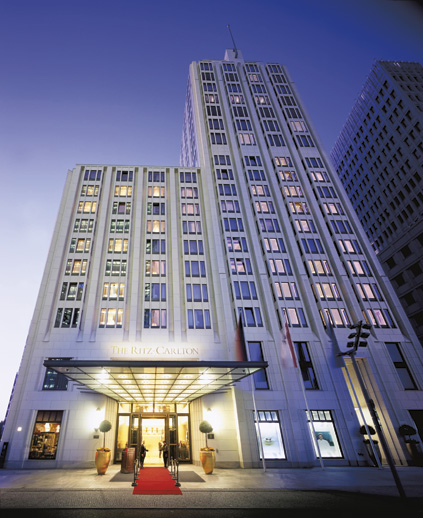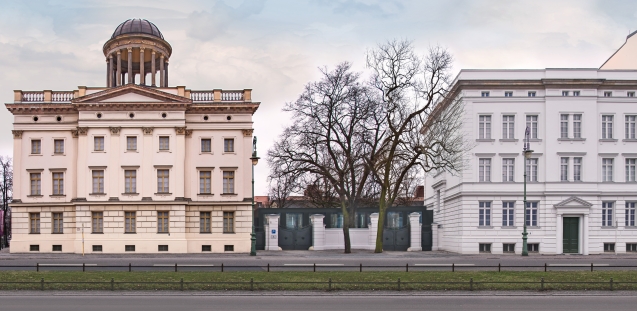Berlin is a remarkable city and I tend to visit every year around March. This time of year can bring winter snow or amazing spring. On this particular visit the city was blessed with spring weather, providing the opportunity to visit old favourites and explore new interests. Berlin has been through so many changes and it’s a city that continues to evolve and define itself. When looking for luxury in Berlin the eye immediately focuses on the Imperial past and on the iconic baroque period of the 17th century, which epitomises many people’s view of luxury. This is no better represented that at Charlottenburg Palace. The palace, built by Johann Arnold Nering between 1695 and 1699, was designed as a summer resort for Sophie Charlotte, second wife of Frederick III of the Hohenzollern dynasty.
Charlottenburg PalaceInside the building, most of the rooms are decorated as they were in the past and touring through them transfers you back to a time when they were still full of life, splendour and elegance. Undoubtedly, one of the most beautiful sights of Berlin and one of the biggest attractions of the palace are its extensive landscaped gardens. With such perfect spring weather, it’s impossible to leave without walking through them to visit the Belvedere, museum of porcelain and the Mausoleum, with the graves of members of the Hohenzollern family.
Reflecting this same kind of old world sophistication is the Ritz Carlton hotel. Found at Potsdamer-Platz, the hotel sits on one of the most symbolic sections of the Berlin Wall, which is certainly one of the city’s most famous and significant sites. However, the Ritz Carlton, winner of Travellers’ Choice award in 2014, reflects internal architecture and decoration that moves you back to the splendour of the baroque period and a more regal Berlin. Visiting to enjoy a classic afternoon tea in the Tea Lounge or a cocktail at the Curtain Club is the perfect way to experience the many characters this city displays.
Of course, the significance of the Berlin Wall is ever present in Berlin and cannot be ignored. The construction of the Wall that divided the city for 28 years, and its subsequent fall in my lifetime, have been part of the most important moments in not just the city’s evolution, but also in the history of the twentieth century. At the East Side Gallery in Mühlenstrasse Street you can find the most important part of the wall that remains standing. There you can walk along the wall which is decorated with stunning graffiti, and you can find the artistic reflection of what it meant for the history of the city and Germany identity universally.
There are many emotions the Wall stirs but one striking thought for me is how this period in Berlin’s history has inspired so much art and culture. Berlin’s past is full for wonderful art. It seems by an attempt to eradicate it has only encouraged it to manifest into a city that inspires and nurtures artistic temperament in the citizen’s style and charisma. One of Berlin’s artistic emissaries of the past is seen at The Berggruen Museum, which is perfectly located about 200 metres from Charlottenburg Palace. This combines more than one period of the Berlin’s history and character. The three-story building of the Berggruen Museum is topped by a beautiful dome and houses a gallery created for art lovers to showcase the collection of art collector and dealer Heinz Berggruen. Here you can find amazing works of art by Pablo Picasso, Paul Klee, Alberto Giacometti or Henri Matisse. Seeing Georges Braque here and reminded me of the exhibition I’d seen in Cannes back in December.
By Mr. Jones











